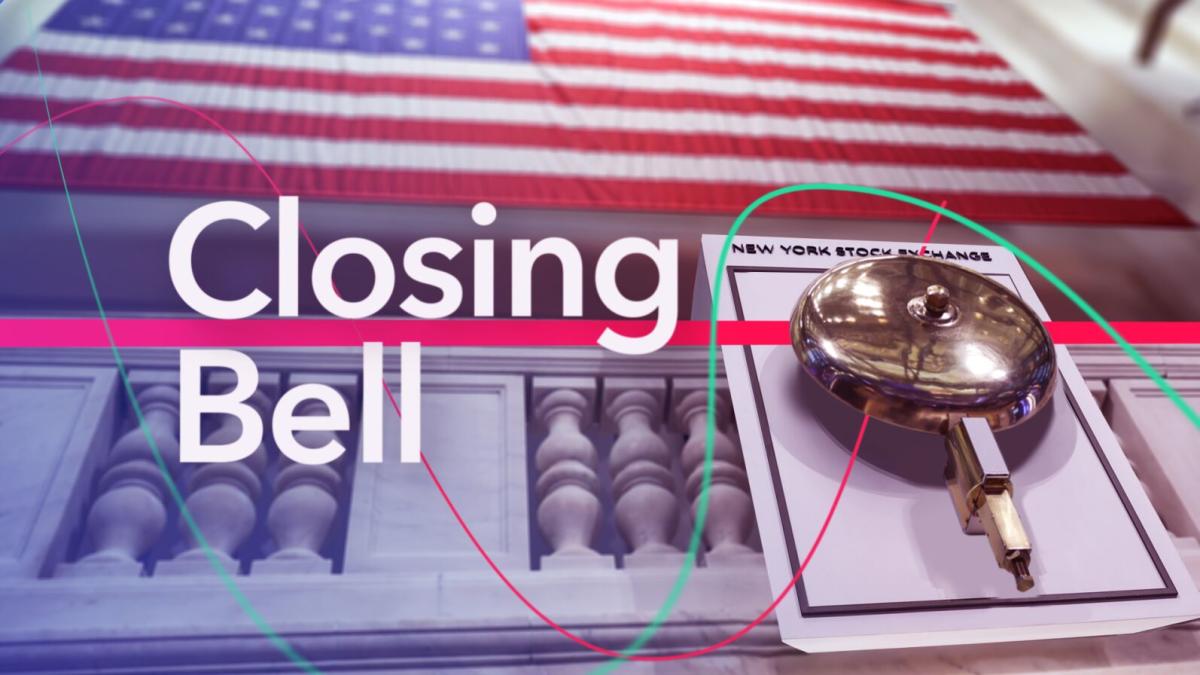Artificial Intelligence (AI) is a truly revolutionary technology that has captured the imagination of investors like few things before. It’s a double-edged sword, although the technology is definitely here to stay. If we learned anything from 2000, it’s that too much hype around new technologies without the economic data to support sky-high valuations is dangerous territory.
I don’t want to draw too close a parallel here – there are many reasons to believe that this is not the second round of the dotcom bubble – but it is always prudent to maintain a healthy skepticism during a period of expansion. All eyes – skeptics and believers alike – are on NvidiaIt is (NASDAQ:NVDA) next annual meeting of shareholders.
On June 26, 2024, the figurehead of the AI revolution will hold a meeting, discuss strategy, and vote on action steps such as board approval. Typically, annual general meetings don’t shake things up as much as earnings reports, but it’s still an important event that could help shed light on what the future holds for Nvidia and to the market as a whole.
So, as the meeting approaches, is now a good time to jump aboard the Nvidia train? Here are three reasons why the stock still looks strong.
1. Nvidia has plenty of money to play with
As the company has become a celebrity and proven how lucrative its business is, its competitors want a share of those profits. The threat of a AMD Or Intel catching up and eating into Nvidia’s approximately 80% market share is real and should be taken seriously. However, Nvidia has significant means to defend itself through constant innovation.
In technology, having the best product is very useful. AMD and Intel need to produce a product comparable to Nvidia’s if they hope to reduce their market share. It takes money – a lot of money. AMD spent $1.5 billion on research and development (R&D) last quarter, while Nvidia spent $2.7 billion. Don’t forget that Nvidia is already in pole position; it has the best technology on the market and its expenses still outstrip AMD’s by almost two to one.
Intel, on the other hand, spends more than both, at $4.4 billion last quarter. The problem is that these expenses put Intel in the red. How long can he last?
Take a look at this chart showing the free cash flow (FCF) of these companies. FCF is a company’s income after subtracting operating expenses and capital expenditures (the money a company spends to grow) and it indicates how much leeway a company has if it wants to, for example example, increase its R&D spending.
2. The market as a whole is growing rapidly
So if we accept that Nvidia has the resources to defend against its major competitors, we can assume that Nvidia can maintain or increase its market share. There are certainly other factors, but it’s not an unreasonable assumption.
Statista.com predicts a compound annual growth rate (CAGR) for the AI market as a whole of around 28.5% through 2030. This is a very rapid growth rate, although slower than the speed of lightning…
Discover more from The Times Of Update
Subscribe to get the latest posts sent to your email.


